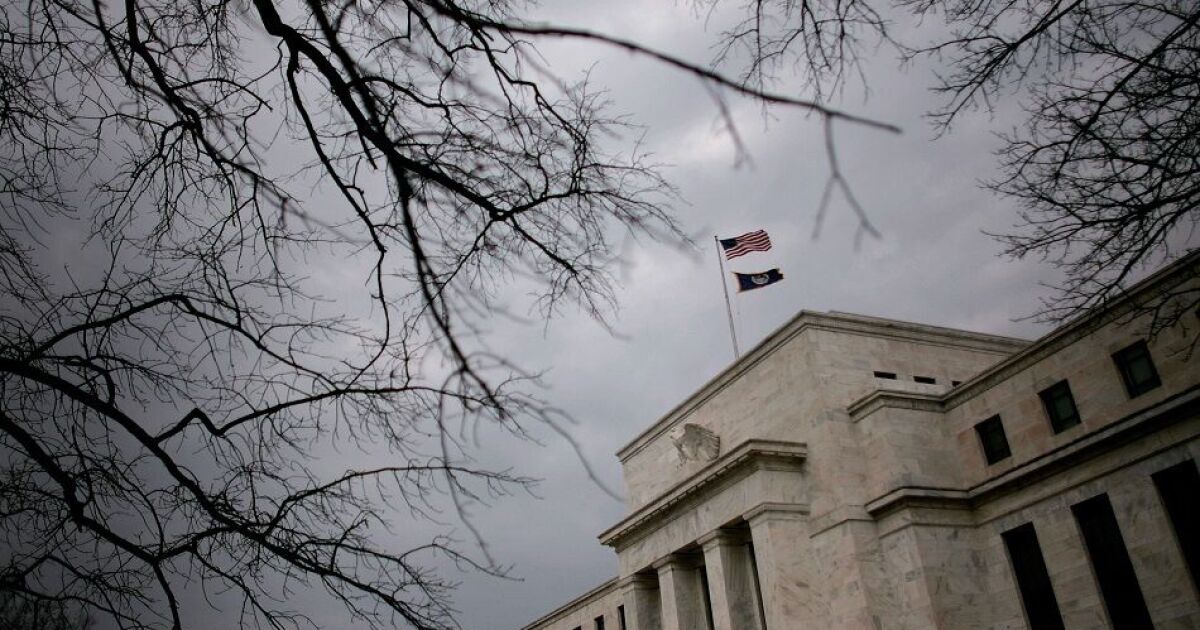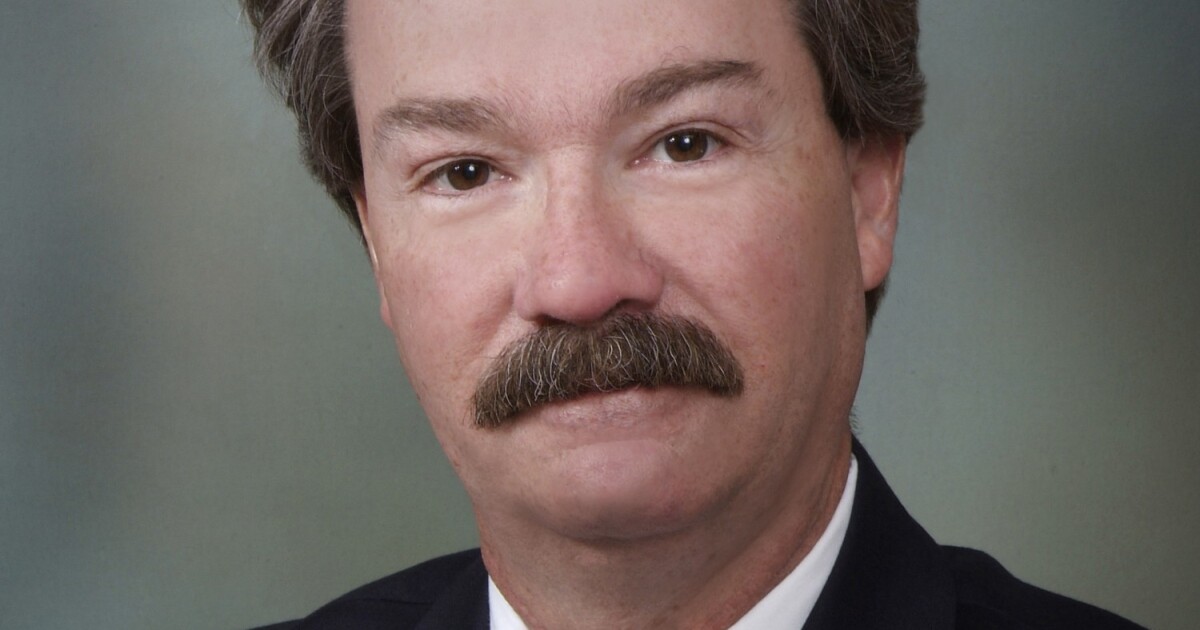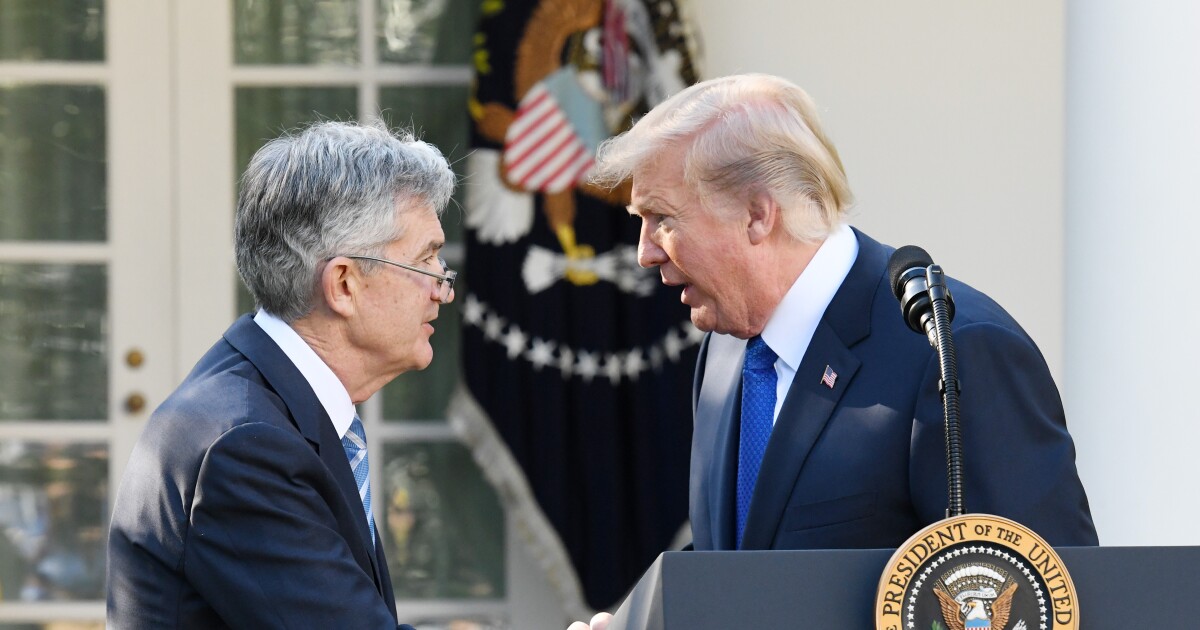
Treasuries resumed their rally on Tuesday as further labor-market slowdown reinforced speculation the Federal Reserve will be able to cut interest rates next year to prevent a recession.
Benchmark 10-year yields that briefly topped 5% in October broke below 4.2% on Tuesday, following data showing job openings hit the lowest since 2021. Yet concerns about markets being too fast in anticipating Fed easing have surfaced — underscoring the risks for traders expecting a pivot. It's a bet that stands to pay off handsomely if rate cuts materialize — or backfire if policymakers opt to keep borrowing costs higher for longer.
In a week dominated by labor-market readings, the Job Openings and Labor Turnover Survey — known as JOLTS — trailed all estimates in a Bloomberg survey of economists. The data came a few days before the key payrolls report — currently forecast to show employers added 187,000 jobs in November.
"Overall, the jobs update is in the driver's seat," said Ian Lyngen at BMO Capital Markets. "Treasuries extended the bullish price action. From here, there isn't much on the macro horizon until tomorrow's ADP report."
Treasuries also joined an advance in global bonds after one of the European Central Bank's most-hawkish officials said inflation is showing a "remarkable" slowdown. The S&P 500 was little changed. Banks fell after KeyCorp's non-interest income outlook. The megacap space outperformed — with Apple Inc. and Nvidia Corp. up at least 2.1%. Bitcoin topped $43,000.
The Treasury market's rally is approaching concerning levels, particularly at the back end of the curve, Gennadiy Goldberg at TD Securities told told Bloomberg Surveillance on Friday.
Ten-year yields dropped eight basis points to 4.18% on Tuesday.
"We've been long since 4.70, and I'm certainly not complaining. But I do think you're seeing a bit of an overstretch," Goldberg noted. "If we got closer to 4%, I think I would take my foot off the gas pedal. I think you have to play this tactically."
A Fed cut is more than likely going to be a response to something bad from an economic perspective, said Peter van Dooijeweert at Man Group.
"If the Fed's going to be cutting rates next year, it's likely a result of something not going well in the economy," he noted.
Swap contracts that anticipate the outcome of Fed meetings slightly increased the degree of easing they foresee by the end of 2024, with the effective fed funds rate expected to fall to about 4.05% from 5.33% currently. The contracts also imply about a 60% chance of a rate cut in March.
To Krishna Guha at Evercore, the jobs-opening data confirm the Fed has made substantial progress in normalizing the labor market — but will be viewed by policymakers as more consistent with "desired rebalancing" than "heightened downside risk."
"In this context, we are wary about market rate-cut bets piling up too much," Guha noted. "We find it hard to envisage a cut before June without a recession — and still see a three-cut baseline in a soft-landing scenario."
The Fed is now likely at the end of a very aggressive monetary policy hiking cycle, according to Lauren Goodwin at New York Life Investments. But a faster pace of hikes doesn't necessarily mean that those impacts are felt more quickly.
"Historically, interest rate hikes have taken roughly 12 to 18 months to impact the economy, and 18 to 24 months to impact the labor market," she noted. "The market doesn't begin to price recession risk until unemployment claims rise and earnings deteriorate. We'll be watching labor market data this week very closely as a result."
BlackRock Inc. says market optimism over the scope of rate cuts next year may be going too far and recommends stepping back from longer-maturity bonds.
"We see the risk of these hopes being disappointed," strategists including Wei Li and Alex Brazier wrote. "Higher rates and greater volatility define the new regime."
Meantime, the cost of buying protection against currency swings is jumping as traders brace for a slew of data and central bank meetings that could shed light on the timing of a possible pivot to rate cuts next year.
"The shift in central bank policy rate cycles from hikes to cuts is keeping rate volatility elevated and finally putting some bid into currency volatility," said Erik Nelson, macro strategist at Wells Fargo Securities.



